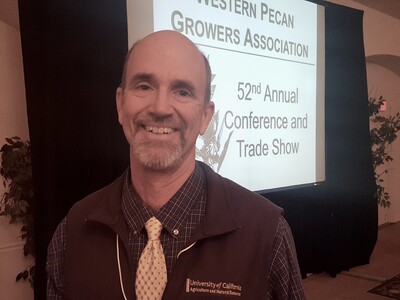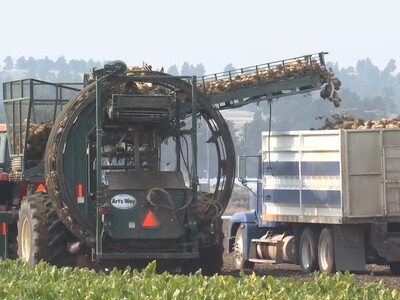Monarch Milkweed Decimation
New evidence identifies 64 pesticide residues in milkweed, the main food for monarch butterflies in the west. Milkweed samples from all of the locations studied in California’s Central Valley were contaminated with pesticides, sometimes at levels harmful to monarchs and other insects.The study raises alarms for remaining western monarchs, a population already at a precariously small size. Over the last few decades their overwintering numbers have plummeted to less than 1% of the population size than in the 1980s – which is a critically low level.
Monarch toxicity data is only available for four of the 64 pesticides found, and even with this limited data, 32% of the samples contained pesticide levels known to be lethal to monarchs, according to a study released today in Frontiers in Ecology and Evolution.
”We expected to find some pesticides in these plants, but we were rather surprised by the depth and extent of the contamination,” said Matt Forister, a butterfly expert, biology professor at the University of Nevada, Reno and co-author of the paper. “From roadsides, from yards, from wildlife refuges, even from plants bought at stores – doesn't matter from where – it’s all loaded with chemicals. We have previously suggested that pesticides are involved in the decline of low elevation butterflies in California, but the ubiquity and diversity of pesticides we found in these milkweeds was a surprise.”
Milkweed was chosen as the focus of this study because it the only food source for larval monarch butterflies in the West, and thus critical for their survival.
“We collected leaf samples from milkweed plants throughout the Central Valley and sent them to be screened for pesticides,” Chris Halsch, lead author of the paper and a doctoral student in the University’s Ecology, Evolution, and Conservation Biology program, said. “This study is the first necessary step for understanding what butterflies are actually encountering. Now we can use these data to design experiments to test hypotheses about the relative importance of pesticide use and other stressors such as climate change on local butterflies.”
While this is only a first look at the possible risks these pesticides pose to western monarchs, the findings indicate the troubling reality that key breeding grounds for western monarchs are contaminated with pesticides at harmful levels.
“One might expect to see sad looking, droopy plants that are full of pesticides, but they are all big beautiful looking plants, with the pesticides hiding in plain sight,” Forister, who has been a professor in the University’s College of Science since 2008, said.
Western monarchs are celebrated throughout the western states and especially along the California coast where large congregations overwinter in groves of trees. Population declines also have been documented in the breeding grounds. Areas of inland California, including the Central Valley, offer important monarch breeding habitat throughout the spring and summer, including being the home to the very first spring generation which will continue the migration inland to eventually populate all western states and even southern British Columbia.
Declines in the population of western monarch butterflies have been linked with various stressors, including habitat loss and degradation, pesticide use, and climate change, among others. While pesticide use has been associated with declines, previous studies had not attempted to quantify the residues that butterflies can encounter on the western landscape.
The study’s findings paint a harsh picture for western monarchs, with the 64 different pesticides identified in milkweed. Out of a possible 262 chemicals screened, there was an average of nine types of individual pesticides per sample and as many as 25. Agricultural and retail samples generally had more residues than wildlife refuges and urban areas, but no area was entirely free from contamination. Certain pesticides were present across all landscapes, with five pesticides appearing more than 80% of the time. Chlorantraniliprole, the second most abundant compound, was found at lethal concentrations to Monarchs in 25% of all samples.
Understanding of pesticide toxicity to the monarch is limited, and is based on previously reported lab experiments. Thus we have much to learn about the concentrations encountered in field, but these new results raise concerns nonetheless. While this research focused on monarch toxicity, other pollinators and beneficial insects are also at risk from pesticide contamination throughout the landscape.
“We can all play a role in restoring habitat for monarchs,” said Sarah Hoyle, Pesticide Program Specialist at the Xerces Society for Invertebrate Conservation and coauthor of the paper. “But it is imperative that farmers, land managers and gardeners protect habitat from pesticides if we hope to recover populations of this iconic animal.”
Field work, gathering plant samples, was completed last spring and summer. The lab work was completed by Nicolas Baert from the Department of Entomology and manager of the Chemical Ecology Core Facility at Cornell University. Statistical computations were completed this winter by Forister and colleague James Fordyce from the Department of Ecology and Evolutionary Biology at the University of Tennessee, Knoxville.














